How Much Does a Trap Bar Weigh?
Trap bars, also known as hex bars, have gained significant popularity in the fitness world due to their versatility and effectiveness in various exercises. Unlike traditional barbells, trap bars offer a unique angle for lifting weights, which can reduce stress on the lower back and joints. This design makes them particularly attractive for individuals with back issues or those looking to target specific muscle groups.
However, one common question that arises is: How much does a trap bar weigh? Unlike Olympic barbells, which have a standardised weight of 45 pounds (20 kilograms), trap bars don't adhere to a strict weight standard. This lack of standardisation can make it challenging to determine the exact weight of your trap bar without checking it directly.
Knowing the weight of your trap bar is crucial for several reasons. It allows you to accurately track your lifting progress, calculate the total weight you're lifting, and ensure your safety during workouts. By understanding the weight of your trap bar, you can set realistic goals, monitor your improvements, and avoid underestimating your capabilities.
Understanding Trap Bar Weight Variations
Unlike Olympic barbells, which have a standardised weight of 45 pounds (20 kilograms), trap bars don't adhere to a strict weight standard. This is primarily because trap bars aren't used in official competitions that require standardised dimensions. As a result, the weight of a trap bar can vary depending on the manufacturer, model, and specific design.
Typically, trap bars weigh between 40 and 70 pounds (18 and 32 kilograms). However, this range can fluctuate slightly. It's important to note that heavier trap bars, often referred to as Olympic hex bars, can weigh up to 80 pounds (36 kilograms). These heavier bars are typically designed for powerlifters and athletes who require a more substantial weight for their workouts.
This variability in trap bar weights can be attributed to several factors, including the materials used, the design of the bar, and manufacturing processes. Some manufacturers may opt for thicker or heavier steel, while others may prioritise a lighter design for portability. Additionally, the presence of additional features, such as handles or safety collars, can also contribute to slight weight differences.
Breakdown of Typical Hex Bar Weights
The most common weight for a hex bar is between 45 and 75 pounds (20 and 34 kilograms). This weight range is suitable for a wide variety of exercises and fitness levels, making it a popular choice for both beginners and experienced lifters.
However, it's essential to remember that there can be slight variations within this range depending on the specific brand and model of the trap bar. Some manufacturers may produce hex bars that are slightly heavier or lighter than others within the 45-75 pound range. These variations can be attributed to differences in materials, design, and manufacturing processes.
For individuals seeking a heavier trap bar, Olympic hex bars are available, which can weigh up to 80 pounds (36 kilograms). These heavier bars are typically designed for powerlifters and athletes who require a more substantial weight for their workouts.
When selecting a trap bar, it's recommended to check the specific weight of the model you're interested in to ensure it aligns with your fitness goals and lifting requirements. This information is usually available on the product page or in the product specifications.
Benefits of Knowing Your Trap Bar Weight
Knowing the exact weight of your trap bar is crucial for several reasons. First, it allows you to accurately track your lifting progress. By understanding the weight of the bar, you can calculate the total weight you're lifting, including both the bar and the weight plates. This information is essential for setting goals, monitoring improvements, and ensuring proper form and technique.
For example, if you're aiming to increase your deadlift weight, knowing the exact weight of your trap bar allows you to track the additional weight you've added over time. This helps you stay motivated and measure your progress effectively.
Additionally, knowing the weight of your trap bar can contribute to your safety. By accurately estimating the total weight you're lifting, you can avoid underestimating your capabilities and prevent injuries. It's important to always lift within your limits and gradually increase the weight as you become stronger.
When you know the weight of your trap bar, you can avoid the risk of overloading yourself and potentially causing strain or injury. This is particularly important when performing heavy lifts or attempting new exercises.
The Importance of Knowing Your Trap Bar Weight
Trap bar weights can vary significantly, unlike Olympic barbells. Understanding this variation is essential for accurately tracking your progress and ensuring your safety during workouts. While the most common weight range for trap bars is between 45 and 75 pounds, it's important to remember that there can be slight deviations within this range.
To ensure accurate calculations and effective training, it's highly recommended to check the specific weight of your trap bar. This information can typically be found on the product page or in the product specifications. By knowing the exact weight of your trap bar, you can accurately track your lifting progress, calculate total weight lifted, and avoid potential injuries. Look at our Barbell buyers guide and workouts for strengthening your back

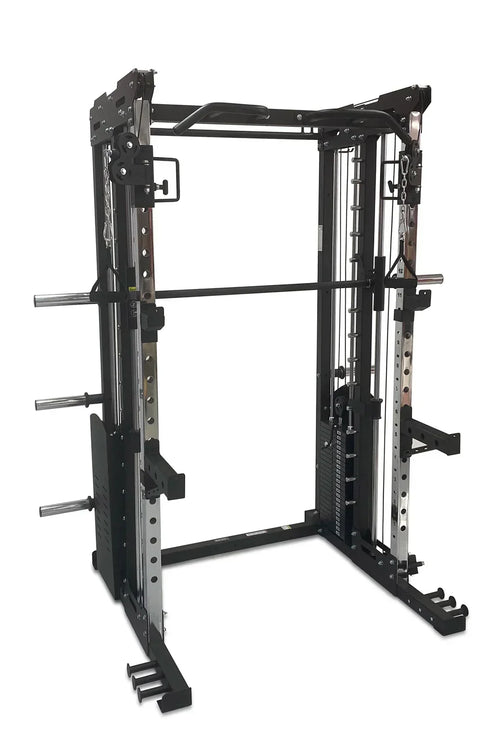
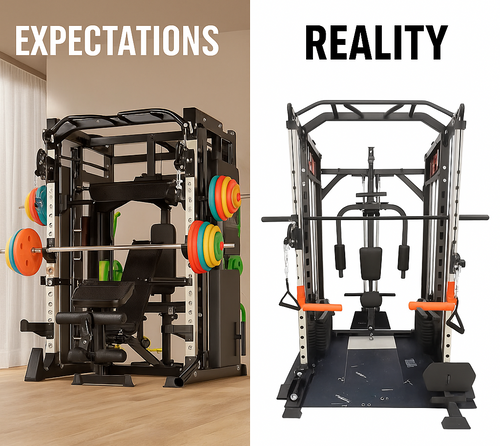
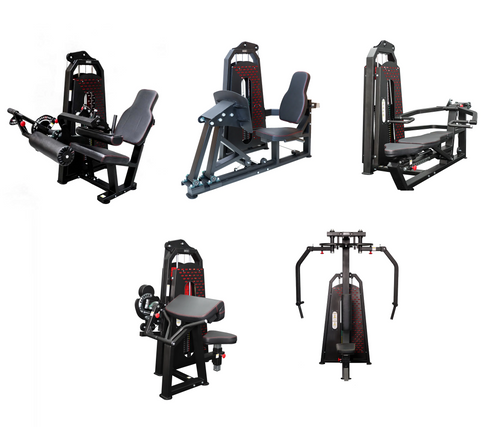
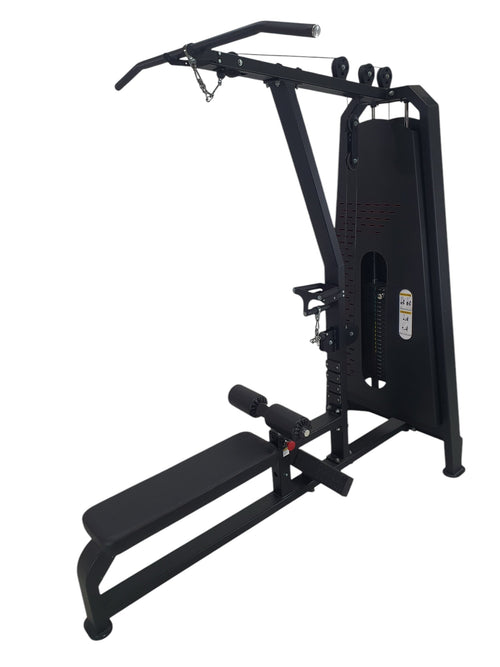
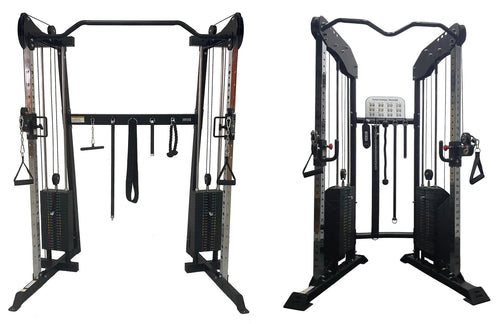














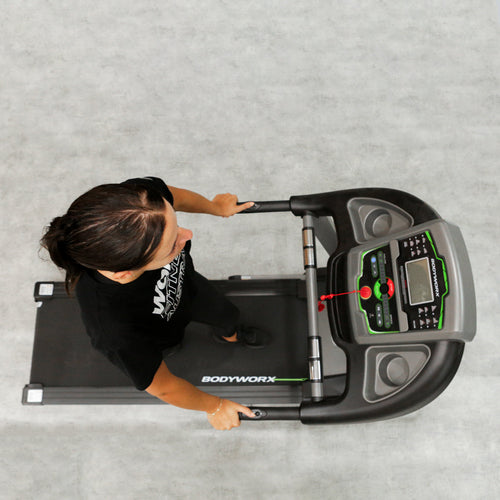



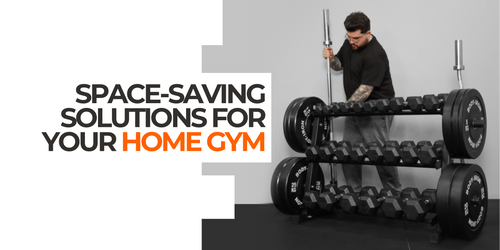
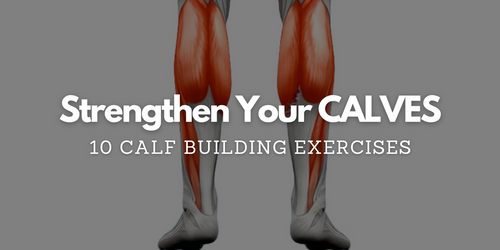





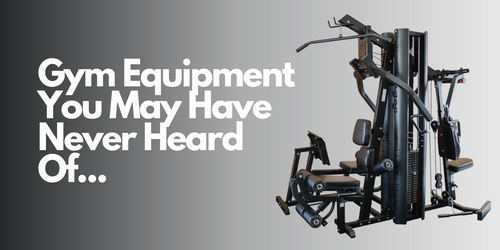







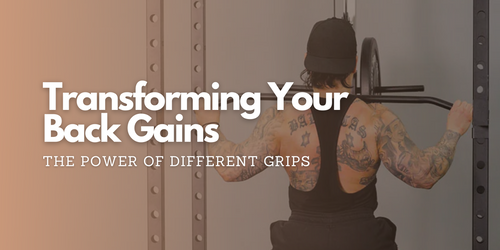
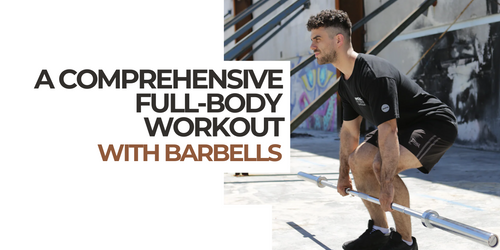
Leave a comment